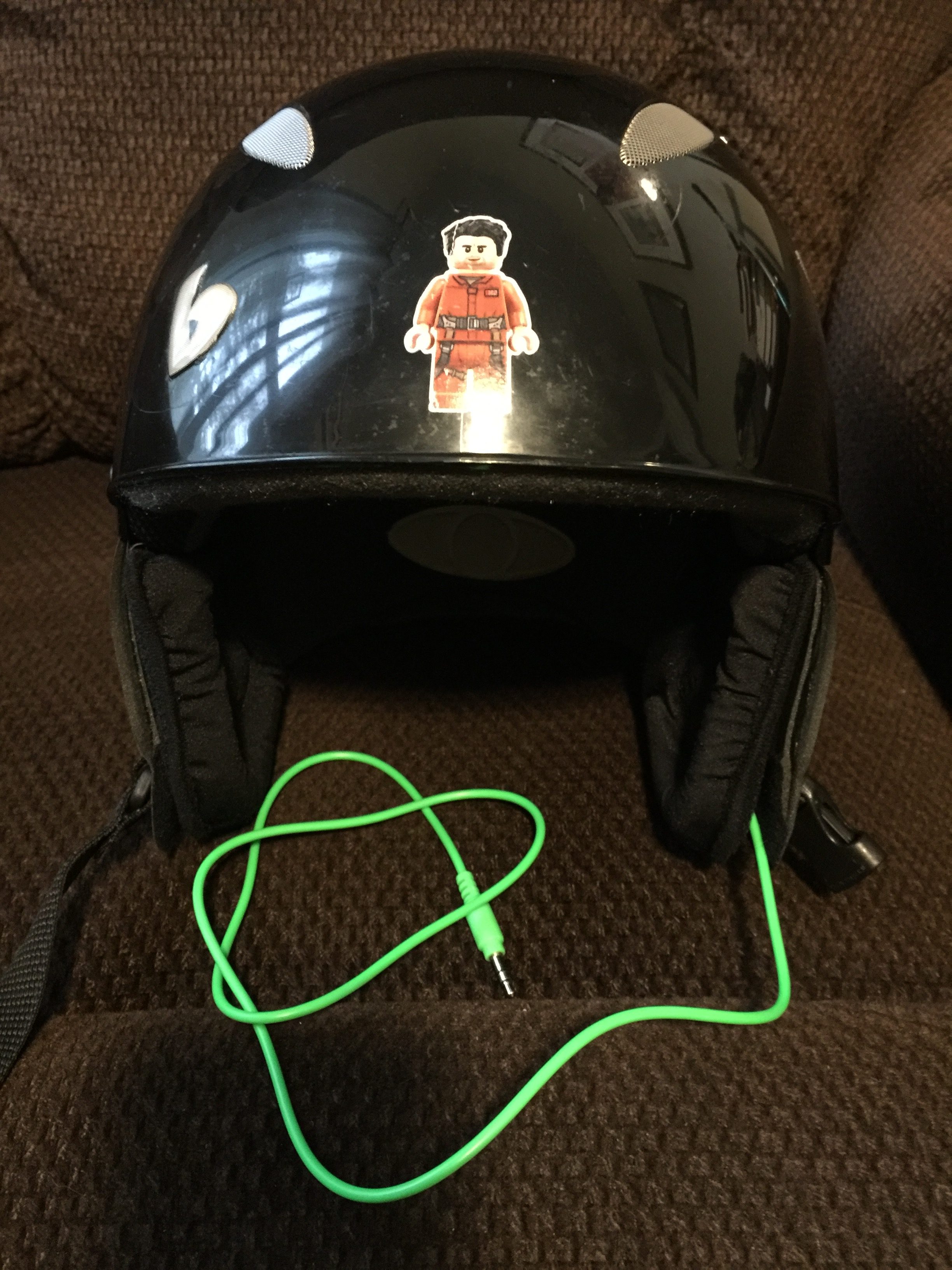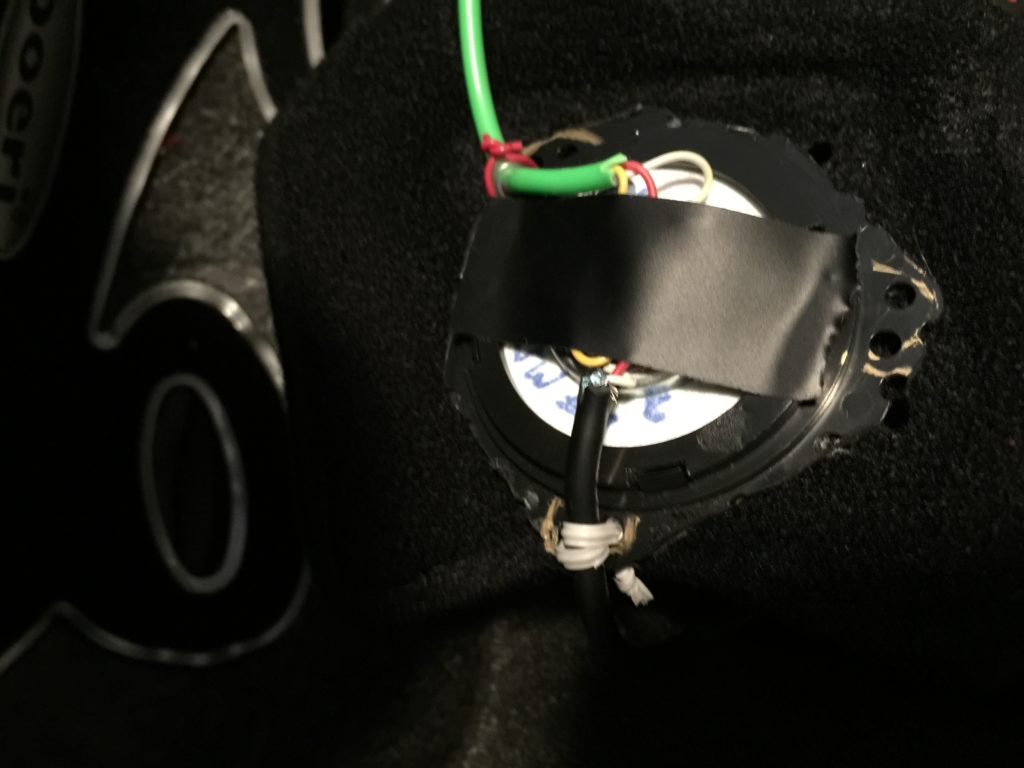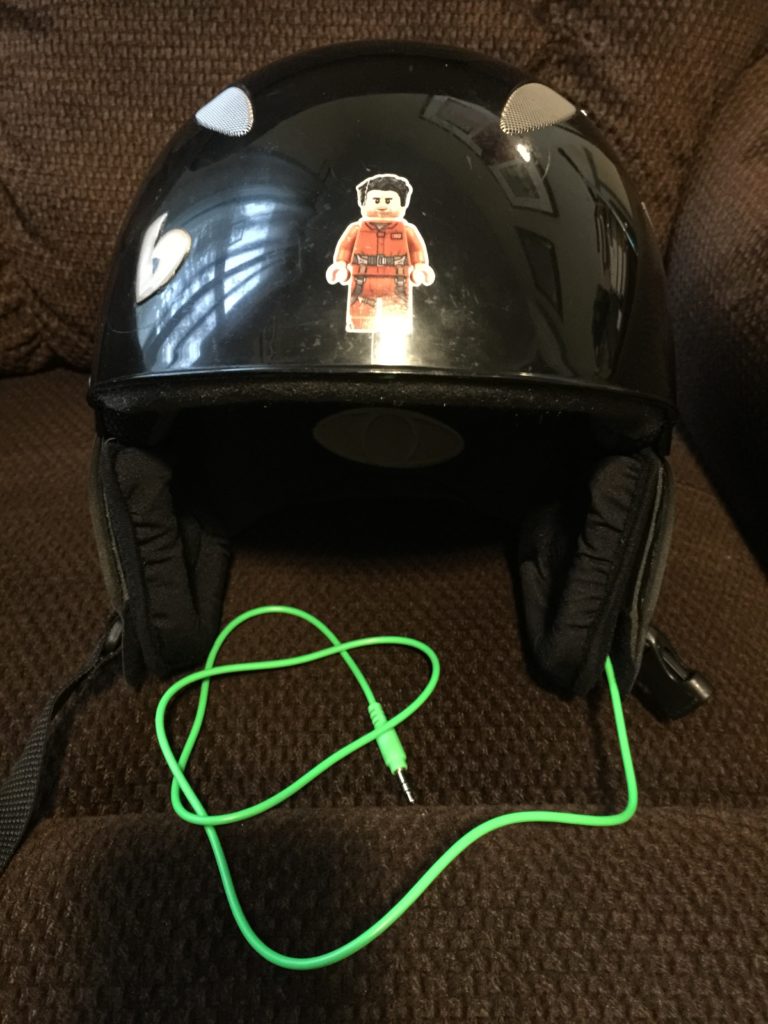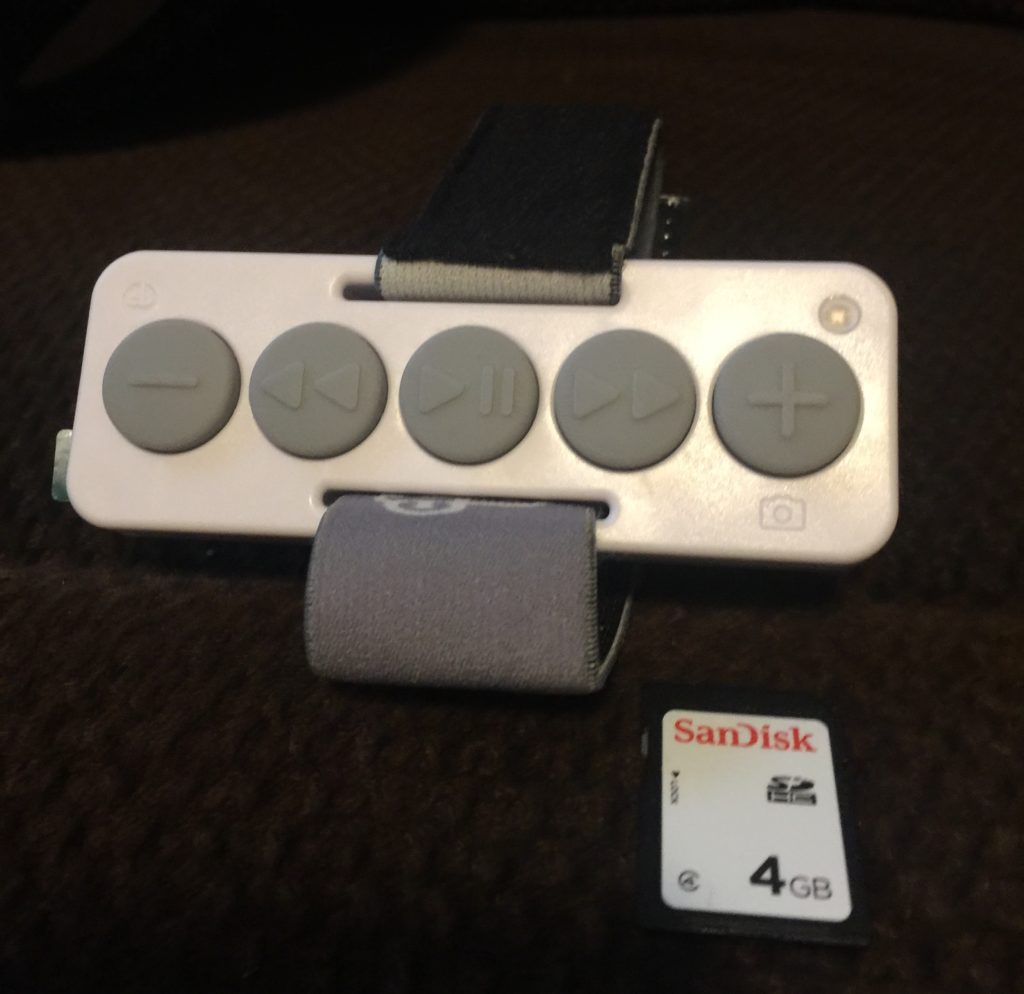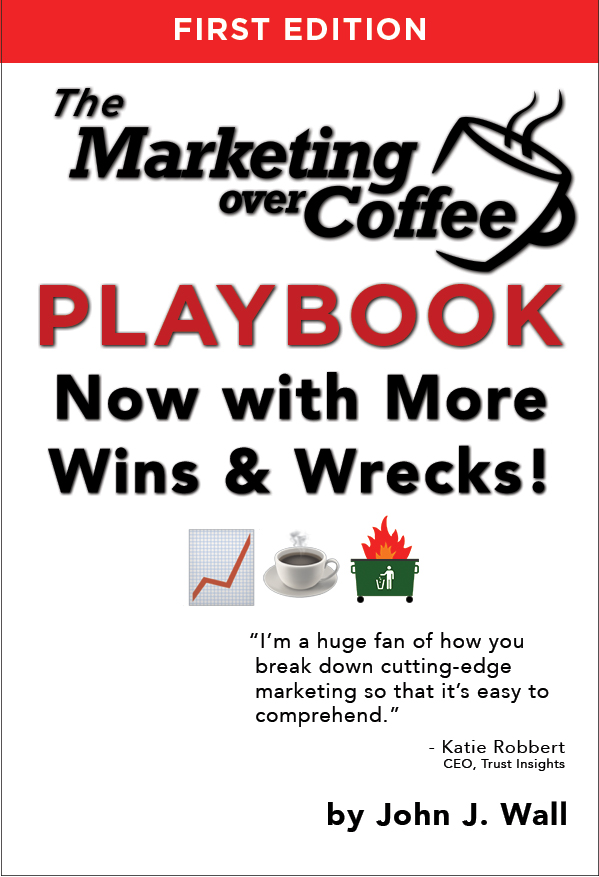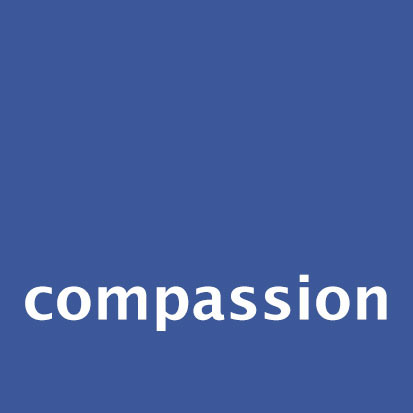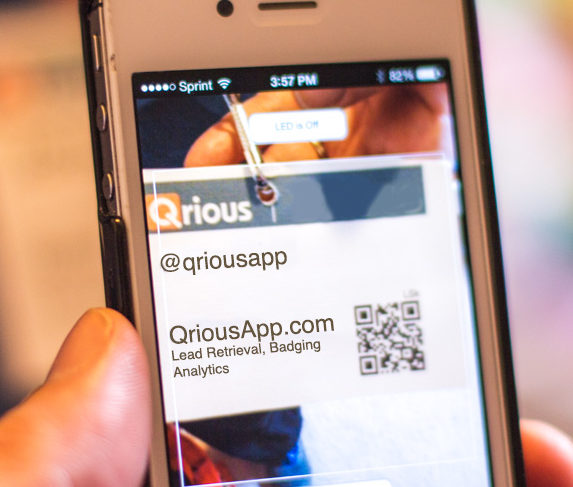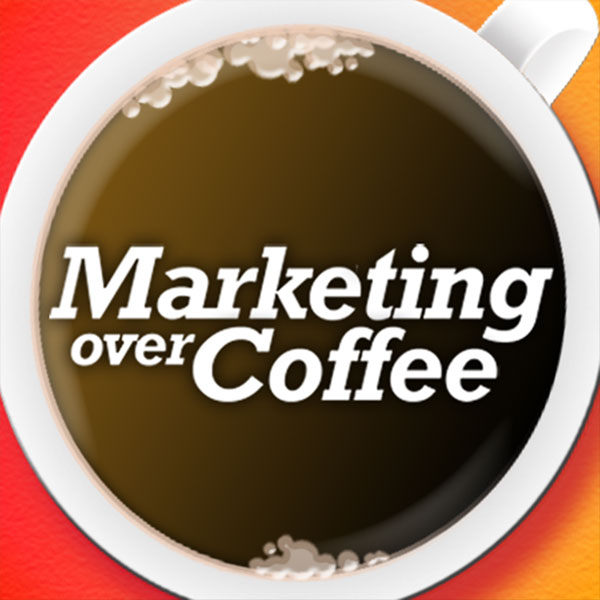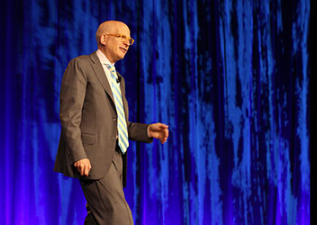This is the transcript of an interview I did this summer at Sales Machine 2016. You can listen to the audio of Seth Godin on Marketing Over Coffee.
John: Today, we have a special guest. He’s the author of over a dozen bestselling books. He’s been on the show many times, and I’m very excited to have him with us here today at Sales Machine in New York City.
Seth Godin, thanks for talking to us.
Seth: What a pleasure. Thank you for having me.
John: You’re here to talk to this audience about your latest book. In fact, it’s been about a year and a half since we talked to you last. How has the book done? I’ve actually heard you say that you love it more now than when you put it out.
Seth: Yes, I did a webcast about it the other day. I’m fortunate in that I don’t organize my life around promoting books; I organize my life around teaching people, and if a book is helpful, that’s great. It never occurred to me that I was here today to talk about my book because I’m not.
The book What To Do When It’s Your Turn is a call to action. It’s illustrated. It’s consumed in a way a lot of people consume the Internet these days, in little bits and pieces. It’s determinedly non-digital; it’s only on paper. I published it myself so that I could sell it in boxes, as opposed to by the copy because I believe that if the people around you are also engaged in what you’re engaged in, it’s more likely you’ll be able to push yourself forward.
I’ve gone back to press five times. It’s become this community tool that enables an entire organization or a circle or a mastermind group or friends to be on the same page – literally be on the same page.
John: So it’s the fifth printing in 18 months. That’s amazing. This has really done well.
Today, this event is all sales focused. What are you going to tie into that? I saw the keynote was about tribes. Does it link into the previous book?
Seth: This event is called Sales Machine. They didn’t ask me before they called it that. I think it should be called Sales Human. The machine is the last thing we need in sales. When we think about what the machine has done to each industry it has touched, it industrializes it, it commoditizes it, it turns the players into cogs in the system.
Our chance to be linchpins, to be leaders, to speak up, to share what we believe, that’s the human part. As sales people, I think it’s essential that we understand that enrollment is the key to everything, that if the person you are trying to sell with feels like they’re being sold to, you lose. If they’re not enrolled in the process and eagerly pushing it forward, you’re just a spammer.
John: Yes, I can totally see how a lot of this event is about software tools, narrowing the focus, and automating so much stuff, but bringing you in brings the human element back into it and allows people to think more about the relationship, as opposed to mining coal.
Seth: Yes, and I think that the smart people, the caring people, the motivated people would rather not mine coal. The software is great if it gets you back to what you’re supposed to be doing, and what you’re supposed to be doing is being the one we would miss if you were gone.
John: You’ve been doing the altMBA program. That’s continuing to roll on. Tell us about that. How’s that working?
Seth: I started about a year ago, and the idea was to build a scalable, intimate experience online that does the opposite of most online courses. Instead of being huge, it’s very small. Instead of being easy, it’s really hard. Instead of being free, it’s really expensive. Instead of being open to everyone, you have to apply.
It’s a 30-day workshop. We take 100 or 120 people each time. We have coaches. We run it all in Slack and in WordPress and in Zoom Conferencing. In every given session, there are about 19 time zones represented, and 50,000 messages will pass back and forth in a typical week in Slack. I’m not there. My work is there, my projects are there, but there are no lectures from me. I’m not present. This is not how you get Seth. This is how you level up.
We’ve run it five times so far, and what we have discovered is that it works. It works in a way that’s more dramatic than any other thing I’ve ever done. For the person that seeks to see the world differently, to make decisions differently, and to be able to persuade others differently, this is a massive chance to be able to level up.
I didn’t set it up as a fast Internet thing; I set it up as a slow human thing, over time, drip by drip. We don’t have to run any more sessions. We’re only running two more this year. When we have the right group, we’ll run it again, but I’m not out there flogging it. It’s not some get-rich-quick thing for them or for me; it’s about how to go on this journey of becoming meaningful.
John: Do you see that expanding into other realms, not just MBA? Would you consider something for kids? I know education is something that you’ve talked about a lot in the past, about how this current system is not serving what we’re doing. Could this expand?
Seth: A little bit of what we do in the altMBA is like doing brain surgery in a moving vehicle in that it’s not for sissies and it’s tricky. We push people really hard, and they push themselves. I don’t think I have the enrollment or the standing to do that with 12-year-olds. It’s harder to do that kind of work online.
What I believe… And Stop Stealing Dreams, the e-book I wrote that’s free, continues to spread this. What I believe is that all schooling is homeschooling. Even when you send your school to public school as I did, they spend way more time being schooled by their parents. The real leverage that I have is to help parents understand that it’s up to them to ask their kids the difficult questions and up to them to expect their kids to lead.
As I was going through the altMBA stuff, you mentioned that you actually went to China recently.
Seth: Yes. I went to Shenzhen and Dafen. I gave a speech in South Korea and then stopped by to see where they make all the smartphones and where they paint all the oil paintings.
John: Has visiting China changed your perspective? Was this your first time there? Have you been there?
Seth: It was my first time in China. I’m not really a world traveler. I’ve been everywhere but sort of begrudgingly. I didn’t see very much that blew me away in the sense that I’ve been thinking about it and studying it since Tom Peters started talking about it 20 years ago – that the cog economy that a country like China has no choice but to start with, because 20 or 30 years ago, that was the work that was available.
It’s interesting to note that South Korea in 1962 had the same GDP as Haiti. It was one of the poorest countries in the world. In my lifetime, it went from one of the poorest countries in the world to one of the top ten. How you do that? You do that by doing the cog work fast and cheap, by being the manufacturer slash systems integrator slash “We’ll do it for you right now.”
But you can’t keep doing that because then you need better wages, then you need people who have better quality of life, then you need a workforce that seeks more than putting part A and part B. We see in South Korea and now in China this urgent move away from “How do we be cheap robots?” into “How do we actually add value by being human?”
The irony is that’s where the US was when I was born, and we keep arguing – quote – “We want good jobs back.” Those good jobs weren’t that good; they were just steady. The steady jobs are gone. We’re not getting any steady jobs back. What we have is a chance for human jobs, for the art of daring and leading and connecting and being human, but it requires way more personal responsibility than people in this country have been trained to seek out.
People want a map. We can’t give you a map. You’re better off with a globe because a globe gives you the lay of the land. It doesn’t show you how to get from here to there.
John: You mentioned Americans saying they want these jobs back. Of course, those jobs are not coming back, and a lot of it is another thing that you talked about, which is identity versus logic. The logical approach to it just says that, in fact, what we consider terrible jobs could be the best jobs that are available in that country, so you can’t judge that country by the way that things run here.
Do you see China following a similar path as they evolve to become more knowledge-based, more personal touch?
Seth: As fast as they can. If you think of it as a game or a war between two countries, the only advantage we have is that their schools are even more cog-focused than our schools. In our schools, even though we spend six out of seven hours drilling and practicing and focusing on standardized tests, we still spend one hour encouraging kids to dream and think big and realize that they have a shot to make a difference.
But what’s going on in a place like China… I went to one factory where every single person does exactly what they did yesterday. I went to another factory run by a 29-year-old son of a multimillionaire, and he is right on the edge. Yesterday, they weren’t making hover boards; today, they are. Tomorrow, they’re going to be making something else. He has a flexible workforce. He has people are eager to discover the next thing. You can walk into one of his little labs with an idea, and they’ll have it on the circuit board in three hours.
If there’s that kind of change happening on every street corner, how are we going to catch up when we’re just sitting here insisting on – quote – “good jobs”? That’s not where the good jobs come from; good jobs come from doing things that might not work.
John: What would be the best advice you’d give to a parent to prepare their child for this new world and to get away from that assembly-line school? What things should they be doing to get on the right path?
Seth: I volunteered yesterday at the local Farm CSA. I did my few hours, and a woman came in with her kid, Adrian. Adrian is three. She handed Adrian some purslane. “Yeah, I think this tastes a bit like purslane with hints of celery in it.” Then walked over and said, “What’s this?” We had a whole conversation about the xylem and phloem and why the napa cabbage is green on the top and white on the bottom. Then another three-year-old kid came in and the mom said, “Here’s an iPad. I’m going to go pick up the vegetables.”
The difference is really clear. If you say to your kid, whether they’re 3 or 7 or 12 or 20, “Figure it out,” they’re going to learn to figure things out. If you say to them, “Here’s a metro card. Go to New York City. Call me when you’re done,” and they’re 12, why not? What’s going to happen?
If you said to a kid, “Here’s how blogging software works. It’s not under your name, so don’t worry. Just start blogging. Here’s a Wikipedia entry. Put some edits into it” – things that might not work, things that you’re not qualified to do. If you start doing that with your kids, early and often, if you reward them for failing and make a face when all they get is the same grades as last time, then your kid gets the message.
But if the message is you need to go to a famous college, which means you need to get good SAT scores, which means you need to get A’s, which means you need to do what the teacher says, then why are we surprised when the kid is 25 and says, “No one came to the placement office to hire me.” They’re unemployed. It’s because we never taught them to be free-range kids.
I’m ranting. Sorry.
John: No, this is excellent. I like the free-range kid idea, letting them get into trouble, letting them go out and do what they need to do. What’s next for you? Have you another project that you’re working on? What’s coming up?
Seth: Every day is what’s next for me, so I am thrilled and privileged to be here. We are cooking up some things in the office that I hope to be able to talk about soon, but right now, this now is the best now that we’re going to get for a really long time. I’m really into this now.
John: That sounds great. Seth, thanks for sharing some time with us.
Seth: A pleasure. Good to see you.

